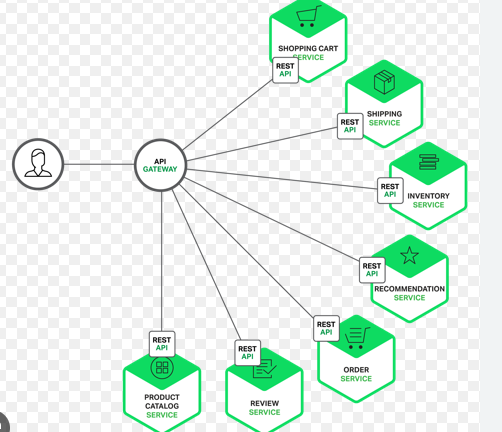Optimize Kubernetes
- RNREDDY

- Sep 9
- 2 min read

How to Optimize Kubernetes for Performance and Cost
On the surface, your Kubernetes cluster looks well-configured. HPA is enabled, CPU and memory requests are defined. You have even added a safety buffer: some idle pods, extra nodes, and inflated MinReplicas to absorb unexpected traffic spikes.
Then traffic starts climbing. Your login service hits 80% CPU. The HPA responds, and the Cluster Autoscaler provisions new nodes. It all seems to work.
But not fast enough. The new pods are ready to launch, but the nodes aren’t online yet. Some sit in Pending, image pulls slow things down, and latency spikes. Users time out.
You check the dashboards and logs. You increase MinReplicas, add another buffer node. Until the next traffic burst breaks something else.
Where Kubernetes falls short
Node scaling delays in Kubernetes create a ripple effect of wasted resources, degraded performance, and increased overhead.
To ensure availability, engineering teams overprovision clusters with idle nodes and buffer pods just to survive expected traffic bursts.
But this workaround isn’t efficient or reliable. It adds cost and complexity without solving the root problem: Kubernetes doesn’t scale fast enough for real-world workloads. Even when the autoscalers behave exactly as configured, the time it takes to get a workload running, from node provisioning to pod readiness, is often too slow to keep up with demand.
This gap between signal and response is where most of the pain lives.
FastScaler™: Built to speed up Kubernetes scaling
Zesty FastScaler™ flips the model: instead of waiting for spikes to happen, it prepares for them.
Using intelligent node hibernation, FastScaler™ creates a pool of hibernated nodes, ready to launch. These hibernated nodes come pre-provisioned with your application’s container images and dependencies, so when a scaling event occurs, your application spins up rapidly, without the delays of bootstrapping, image pulls, or cold container starts.
What that actually means:
Your app boots 5x faster
Pods don’t sit in Pending
Spikes don’t turn into alerts
You don’t need to overprovision for safety
Headroom Reduction, without breaking SLAs
Zesty FastScaler™ also helps safely reduce overprovisioned pod buffers that are traditionally used to handle traffic spikes.
Instead of relying on static MinReplicas or node padding, FastScaler™ automatically adjusts the minimum number of replicas in real time, based on actual traffic patterns. Combined with 5x faster application boot times from hibernated nodes, this ensures your workloads can scale instantly, without the need for idle buffers.
The result:
Reduced cluster costs
Responsive scaling that handles any traffic peak
Improved SLAs and performance stability
No more manual tuning and operations
Spot Protection: savings without the risk
Spot instances offer significant savings, but most teams avoid using them for critical workloads. When a Spot instance is interrupted, pods are evicted with a 2-minute notice. This can lead to failed jobs, delayed services, and degraded user experience. For production environments, that risk is unacceptable.
With Zesty FastScaler™, you can safely shift workloads to Spot instances. When interruptions occur, Zesty automatically reschedules affected pods in under 30 seconds, with no downtime and zero manual intervention.



Comments